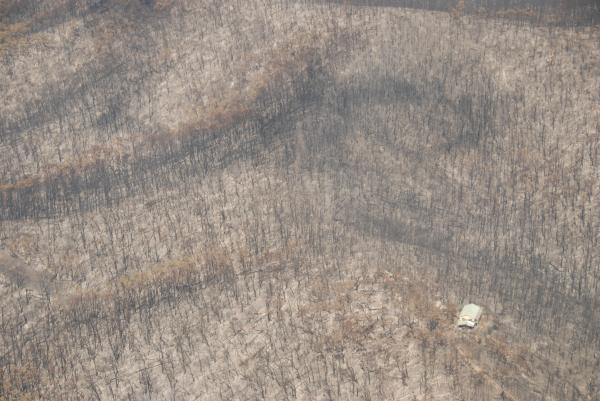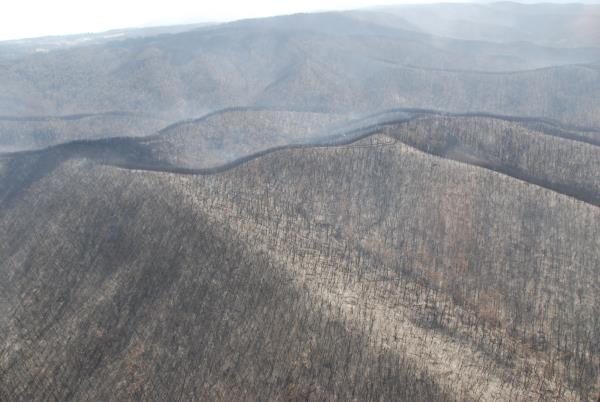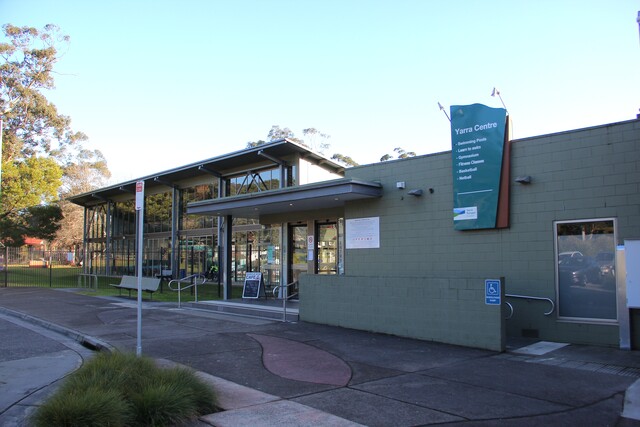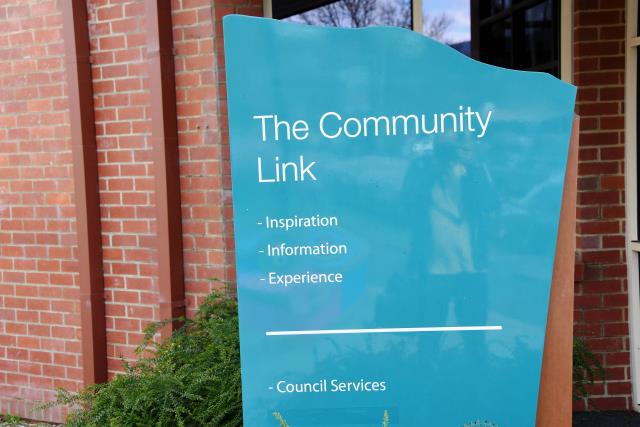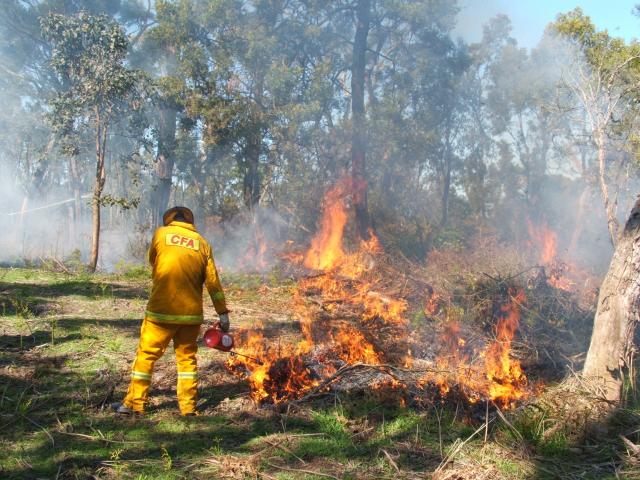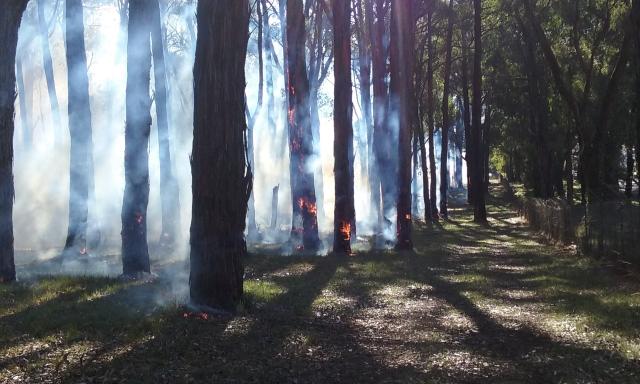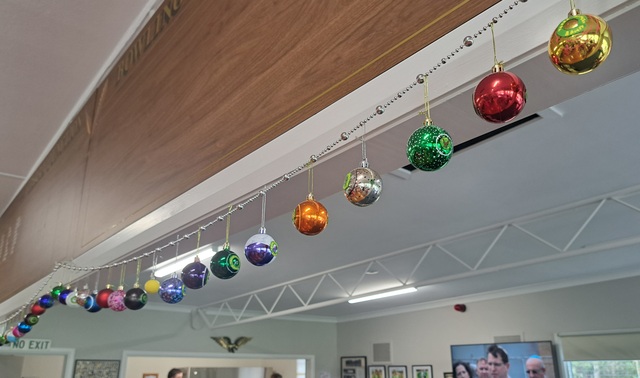The images I saw while flying over the Yarra Ranges on Sunday 8 February 2009 are seared into my mind, as vivid today as they were a decade ago – the unending blackness, the smouldering columns of smoke rising here and there from the seared landscape and the endless vista of burnt trees jabbing out of the earth like thin black needles.
I was chief of staff for the Mail News Group at the time.
Senior reporter Kath Gannaway had left for a Queensland holiday on the morning of Saturday 7 February.
The next week’s edition of the paper was almost finished. Just a few stories to put to bed on Monday.
We all knew Saturday 7 February was forecast to be a shocker.
My then one-year-old daughter and I tried to stay cool at home during the day before my husband and I went to an engagement party that evening.
Driving home from the party close to midnight I heard the first reports of the terrible fires that had taken hold during the afternoon and were still blazing.
I remember the shock I felt when the news reader said 14 people had died.
How terrible, I thought, not realising that number would escalate to 173 once the inferno was finally over.
The next morning ABC television showed the havoc wreaked on Marysville throughout that terrifying night.
I rang my editor Garry Howe – “You’d better turn on ABC television. Marysville has been destroyed“.
We both headed into the office and quickly decided we would add an extra eight pages to Tuesday’s Mountain Views Mail.
We had little over 24 hours to get the coverage together and the paper to the printer.
The strap at the top of those eight pages read Hell on Earth. The cover featured a photo of a bewildered Lesley Porter surveying the damage to her Chum Creek property.
Two young reporters, Melissa Meehan (who would later become the editor of the Mail) and Jade Lawton hit the road, heading into the disaster zones around Healesville.
Myself and photographer Meagan Rogers were assigned to go to Lilydale Airport.
For the first time in its history the company hired a light plane to cover a news story.
“I’ve never seen it this dry,” commented pilot Roger Merridew, as we bumped down the parched runway.
“Our house is up there,” he said, pointing toward a ridge a few kilometres from the airport.
Thankfully the Merridew house was okay.
Behind me in the plane, Meagan began to feel ill as the flight progressed.
She was in the early stages of pregnancy but hadn’t told anyone at work.
In my story ’From the heavens, it just looks like hell’ which was printed on the back page of the special wrap, I described Dixons Creek as looking like “a black and white checker board, great swathes of ground scorched black next to untouched patches of green, mostly grape vines, and drought-parched yellow grass“.
“The flames devoured part of Ferguson Winery, row after row of vines now scorched brown,“ I wrote.
“It licked the outskirts of Yarra Glen, destroying in the process the old railway line laid more than 100 years ago.“
When we fly over Kinglake I note that “Crumpled piles of iron litter are all that remain of whole streets in and around Kinglake and Kinglake West, the heartbreaking remains of people’s homes and dreams”.
“It’s like a vision of hell.“
However “among the devastation are miracles. Houses still standing, while neighbouring homes were devoured and turned to ash“.
From the air we see little signs of life save for the odd CFA truck and “miraculously, pockets of clear ground where handfulls of horses and cattle graze, having survived the storm that engulfed the surrounding bush“.
Roger attempts to fly towards Marysville but we are turned back “by smoke so thick it renders the surrounding mountains invisible“.
As we land, Prime Minister Kevin Rudd addresses the nation from a refuge at Whittlesea. He calls it the day “hell and all its fury visited Victoria”.
My small glimpse of hell and its fury will never leave me.
I can only imagine what painful memories and images this 10-year anniversary will evoke for those who lived through that dark day and night.

